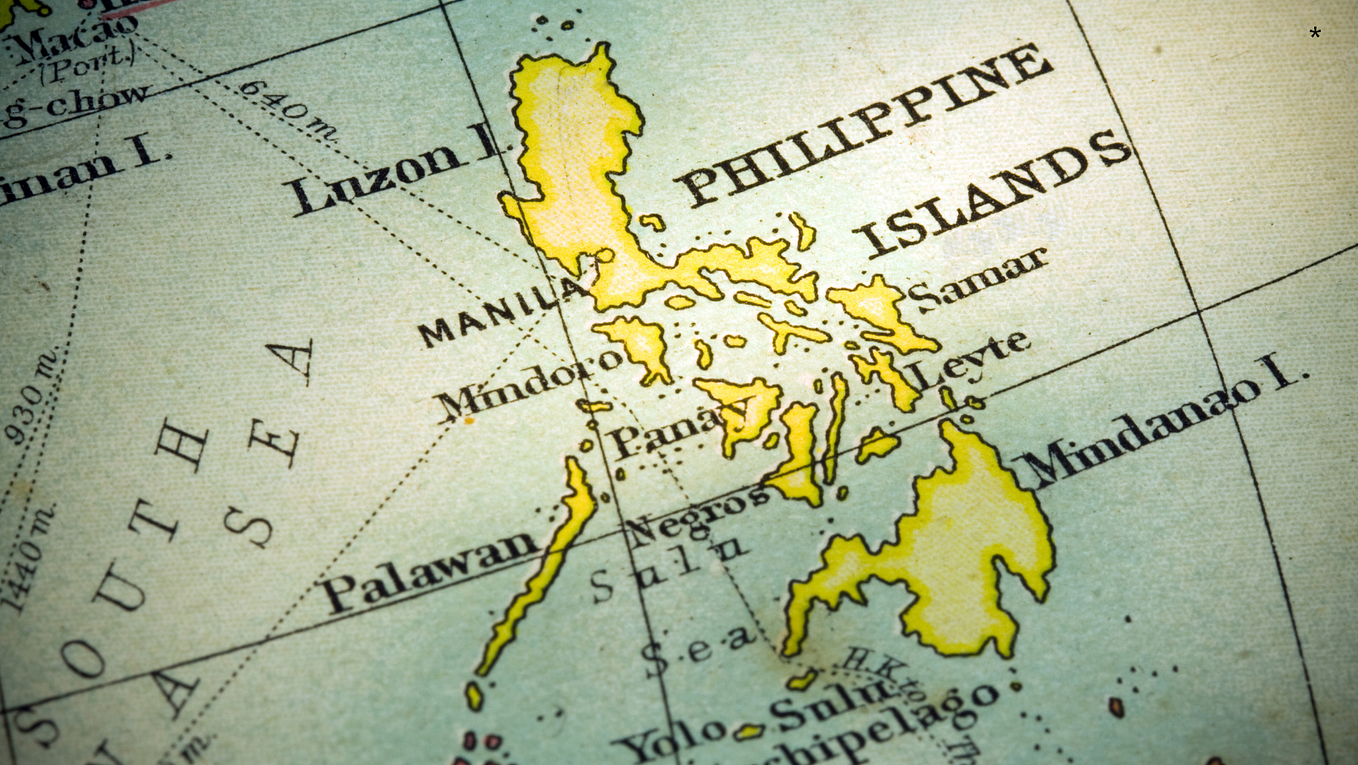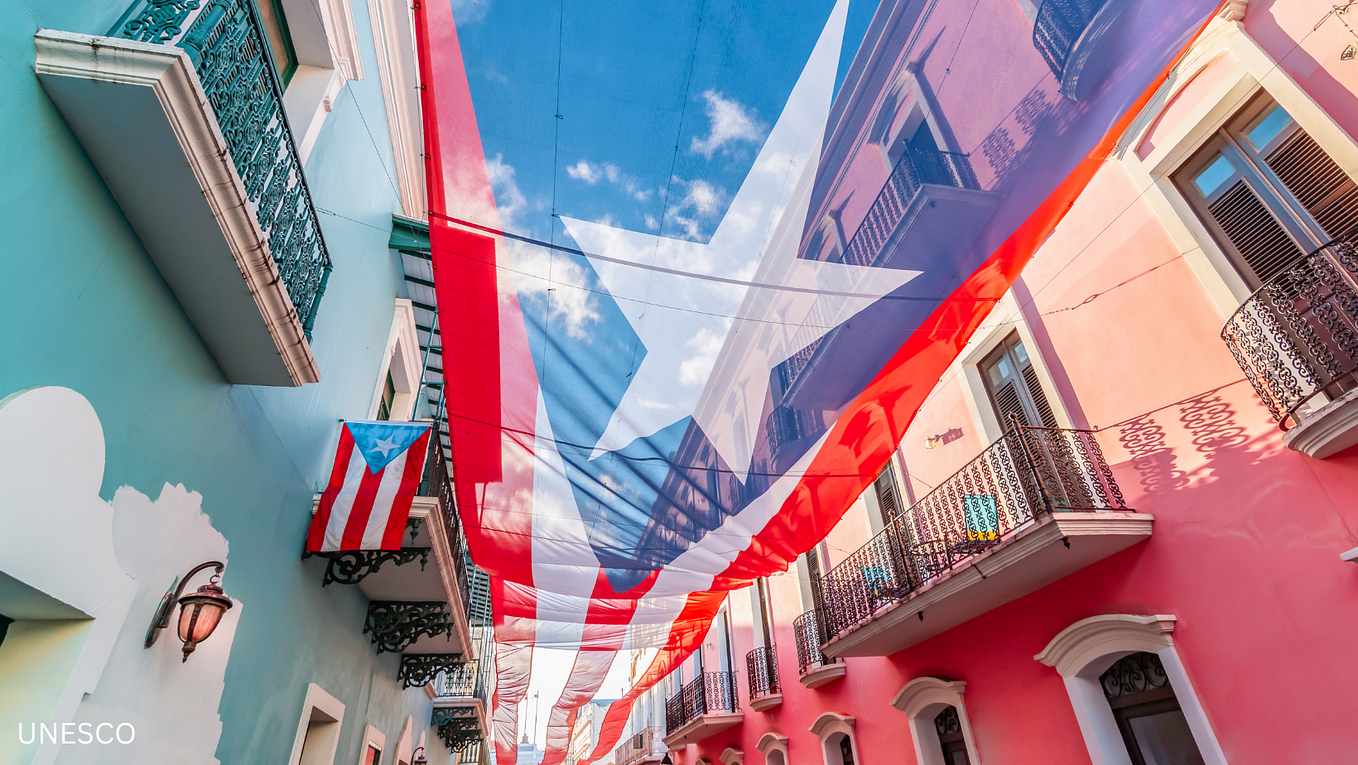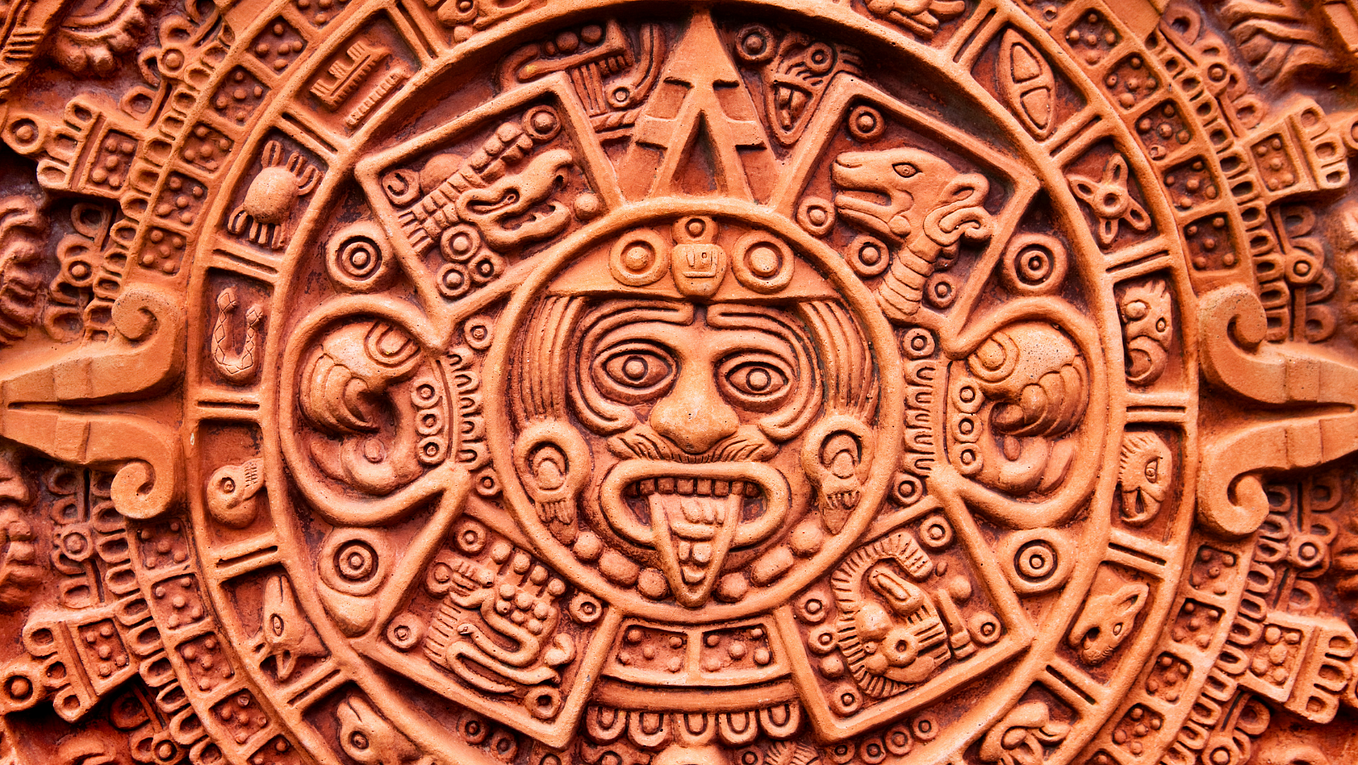The Spanish Colonisation of Guam & the Island’s Changing Sovereignty
In 1565, Guam was claimed by Spain as part of the Captaincy General of the Philippines, though it wasn’t until the arrival of Jesuit missionaries in 1668 that Spanish colonisation truly began.
Led by Padre Diego Luis de San Vitores, the mission sought to convert the indigenous Chamorro people to Christianity.
This period marked a significant cultural transformation as the Chamorro were introduced to European agricultural practices, language, and religion, which fundamentally altered their ancestral ways of life.
Although the the Chamorro people’s initial reception of the Spanish was likely one of curiosity and tentative hospitality, this quickly changed with the formal establishment of Spanish authority.
The Chamorro, accustomed to their own spiritual and societal norms, initially resisted these foreign religious and cultural impositions, with this then manifesting in several violent uprisings against the missionaries and the Spanish military presence, in part fueled by the missionaries’ efforts to abolish local practices they viewed as pagan, such as ancestral worship and matrilineal land inheritance, which were central to Chamorro culture.
Despite the fierce resistance, the Spanish gradually established control over the island through both military and ideological means though.
The establishment of schools was a pivotal part of this strategy, aimed at educating the young Chamorro in the Spanish language and Catholic doctrine, with these schools becoming instruments of cultural change, often alienating the youth from their indigenous heritage and reshaping their identities.
Similarly, the construction of churches across the island facilitated the spread of Christianity, slowly integrating it with local customs.
Over time, this religious imposition began to take root in the community, leading to a syncretic blend of Catholic and Chamorro practices.
Traditional Chamorro festivities for example, began to incorporate Christian saints’ days and rituals, embedding new religious significance into indigenous celebrations.
The Spanish also introduced new governance structures, imposing a colonial administration that restructured the political landscape of Guam.
This included the appointment of local leaders under the supervision of Spanish authorities, which gradually eroded the traditional clan-based governance that had previously dominated Chamorro society.
Over the centuries, the initial resistance waned as the processes of acculturation and assimilation deepened.
The Spanish language and Catholic faith became ingrained in the Chamorro culture, illustrating a profound cultural syncretism.
This blend of indigenous and Spanish elements has given modern Chamorro culture its distinctive character, visible in linguistic, religious, and cultural practices on the island today.
The remnants of Spanish architecture, including forts and churches, and the continued celebration of fiestas, which now feature both Chamorro and Spanish influences, also speak to the enduring legacy of Spanish colonisation, with these elements not only historical markers but also active components of Guam’s cultural identity, celebrated and preserved within the community.
Governance and Cultural Transformation
The governance model imposed by Spain on Guam was fundamentally extractive and coercive however, designed to integrate the island into the broader Spanish colonial empire.
It was characterised by a top-down approach where decisions were made with little to no input from the Chamorro people, and with the Spanish introducing a system that emphasised centralised authority and hierarchical governance, which were both alien to the indigenous societal framework.
This shift not only disempowered local leaders but also destabilised the established social order, leading to social fragmentation and loss of communal unity.
Culturally, the Spanish, as noted, also sought to supplant Chamorro beliefs and practices with European norms and Catholicism.
The missionaries were particularly zealous, viewing the conversion of the indigenous population as a moral imperative. This involved the systematic dismantling of local religious practices, which were integral to Chamorro identity and social cohesion.
The Spanish missionaries also outlawed traditional spiritual practices such as ancestor worship and nature-based rituals, which they deemed pagan and barbaric.
The erection of churches and the regular conduct of Christian sacraments introduced new spiritual authorities and rites that were often forcibly imposed.
For example, baptism became a requirement, and resistance to such practices could result in severe punishments, including imprisonment, corporal punishment, or other forms of coercion.
Perhaps the most devastating impact of Spanish colonisation though, was the demographic collapse due to disease, violence, and forced labour.
The introduction of European diseases such as smallpox and influenza to which the Chamorro had no immunity, led to dramatic population declines. Reports from the era suggest that the population may have fallen by as much as 90% during the first century of contact.
The Chamorro were then also subjected to forced labour, where they were compelled to work on infrastructure projects that served the colonial administration, including roads, forts, and churches.
This labour was often exacted in harsh conditions without adequate compensation, leading to further resentment and deterioration of the indigenous way of life.
Spanish colonisation also altered the economic landscape of Guam.
The Chamorro were traditionally fishers, farmers, and traders, with a subsistence economy that was closely tied to their environmental knowledge and cultural practices.
The Spanish disrupted this by introducing a cash economy centred around galleon trade, which often prioritised the needs of the empire over the sustenance of the local population.
This shift not only made the Chamorro economically dependent on the colonisers but also led to the exploitation of the island’s natural resources.
The land, which had been communally owned and managed according to customary laws, was often seized and reallocated according to the needs of the Spanish, disregarding the traditional rights of the local people.
Despite the severe impacts of Spanish rule, the Chamorro people did maintain aspects of their culture and identity though.
As noted, resistance took various forms, from armed rebellion to covert practice of traditional customs, with, over time, elements of Spanish and Chamorro cultures blending, creating the unique syncretic culture that persists in Guam today.
Post-Spanish Rule
The Spanish era in Guam came to a definitive end with the Treaty of Paris in 1898, which transferred Guam from Spanish to American control as a consequence of the Spanish-American War.
This transition marked the beginning of a new chapter in Guam’s history, characterised by significant shifts in governance, culture, and international strategic importance.
Initially, the American administration in Guam was primarily military, with the U.S. Navy taking control of the island’s governance.
This change from a primarily religious and civilian Spanish administration to a military-focused American rule brought about immediate and impactful changes in the island’s administrative and social structures.
Infrastructure modernisation became a focal point, as the U.S. aimed to transform Guam into a significant naval base to project American power in the Pacific, especially important given its strategic location between the U.S. mainland and Asia.
This period also saw the introduction of public health initiatives, education reforms, and economic changes aimed at integrating Guam more fully into the American system.
Public health efforts also significantly reduced the incidence of communicable diseases that had plagued the Chamorro population for centuries, while the establishment of an American-style educational system introduced English as a language of instruction and governance, further diluting the Spanish linguistic influence but also creating new opportunities for the Chamorro people in terms of access to global commerce and education.
The deep-rooted Catholic faith instilled during Spanish rule has as noted, persisted however, blending further with American influences and Chamorro traditions.
Local festivals have also continued to celebrate both Catholic and indigenous traditions, albeit now also incorporating American cultural elements such as Memorial Day and the Fourth of July celebrations.
The Chamorro people have also continued to negotiate their identity amidst these shifting sovereignties, often adapting new elements into their cultural practices while fiercely preserving others.
For example, while English became prevalent in public life and education, Chamorro language and oral traditions continued to be passed down through generations, preserving the historical narratives and cultural heritage of the Chamorro people.
World War II
Guam’s strategic importance was highlighted during World War II when it became a significant battleground in the Pacific Theatre.
Captured by Japanese forces in 1941, the island was subjected to harsh military occupation until it was liberated by American forces in 1944.
This period of conflict had a profound impact on the island’s infrastructure and psyche, leading to significant loss of life and devastation, but also to a strengthened resolve among the Chamorro people regarding their strategic importance and desire for self-determination.
Post-World War II, Guam’s strategic value led to further military buildup and economic development driven by U.S. interests however, with the establishment of military bases having since played a significant role in Guam’s economy, as well as influencing local politics and the island’s relationship with the mainland United States.
In recent decades, movements for political self-determination have still gained momentum though, with debates centred around the options of statehood, independence, or a free association similar to other U.S. territories, with discussions also reinvigorated around the colonial legacy and rights of indigenous peoples.
The Chamorro, like many indigenous groups previously under colonial rule, began asserting their rights more vigorously, seeking to reclaim land and political autonomy, and reflecting a broader trend in line with other decolonisation movements across the globe.
Despite the tenacity with which Chamorro culture has weathered centuries of foreign control, the scars of colonialism are deeply etched into the social, economic, and political fabric of Guam.
The legacy of Spanish rule, and later American occupation, illustrates a broader pattern of exploitation and cultural disruption common to colonial enterprises worldwide.
As the Chamorros continue to seek avenues for cultural revival and political autonomy, the impacts of imposed foreign systems remain, challenging the community to reconcile its complex past with aspirations for a self-determined future.
The long history of external dominance over Guam has not only reshaped the island’s identity but has also left tangible damages — demographic collapses, disrupted traditional livelihoods, and diluted cultural heritage.
These are not simply footnotes in history but are active influences that continue to affect the lives of the Chamorro people today.
And as global awareness of colonial injustices grows, so too does the call for recognition of the rights of indigenous populations, and renewed discussions about restitution, preservation, and meaningful autonomy.




